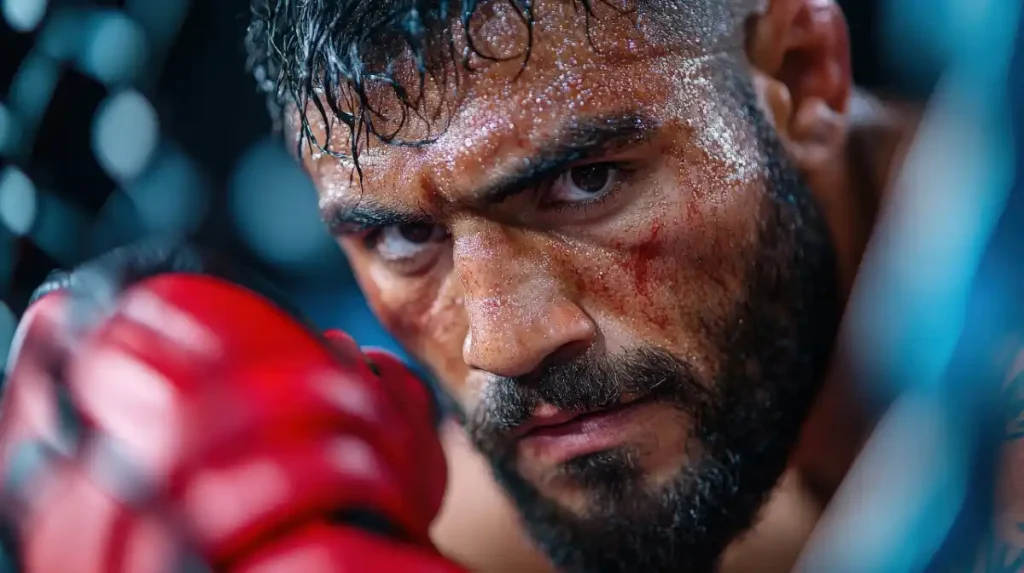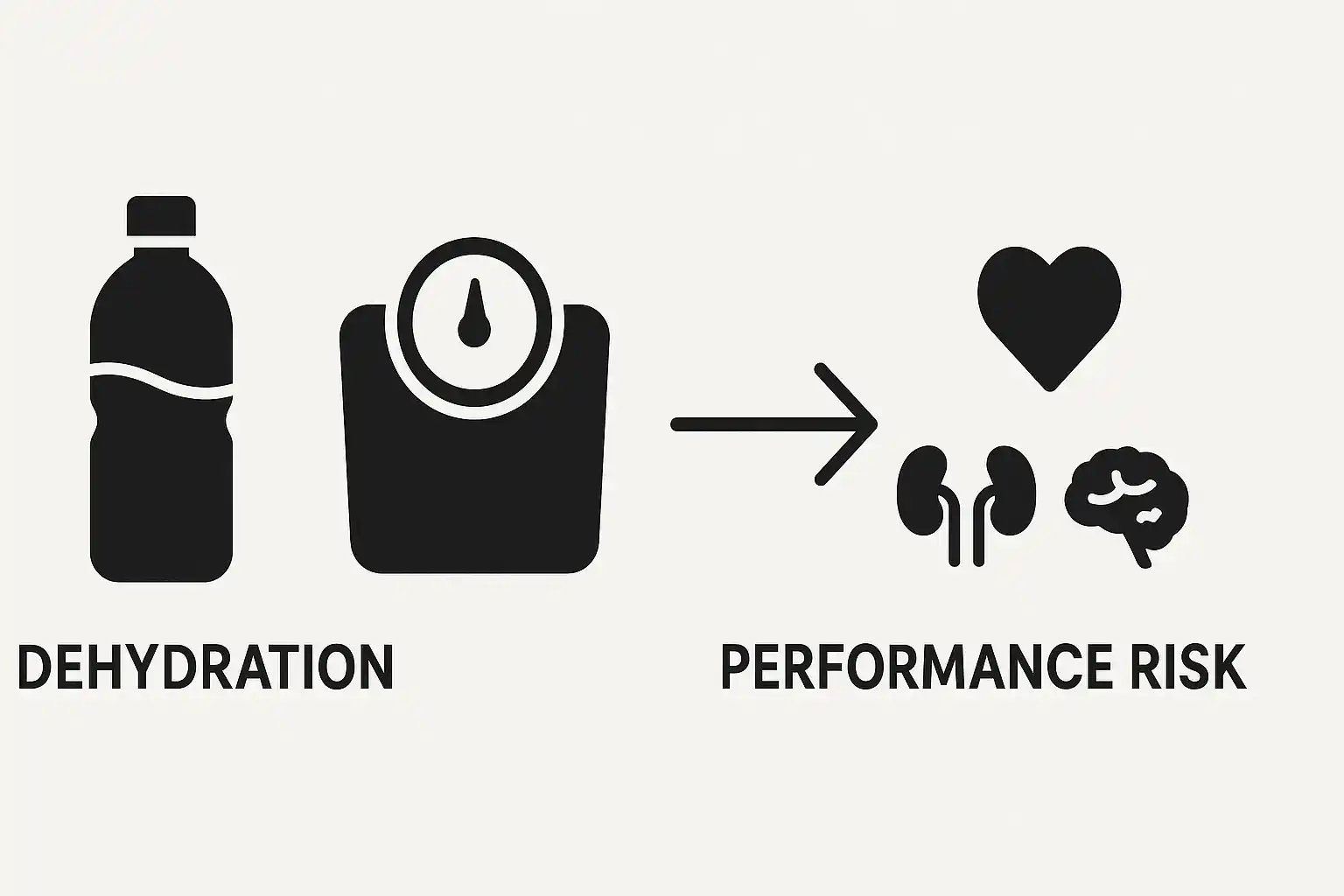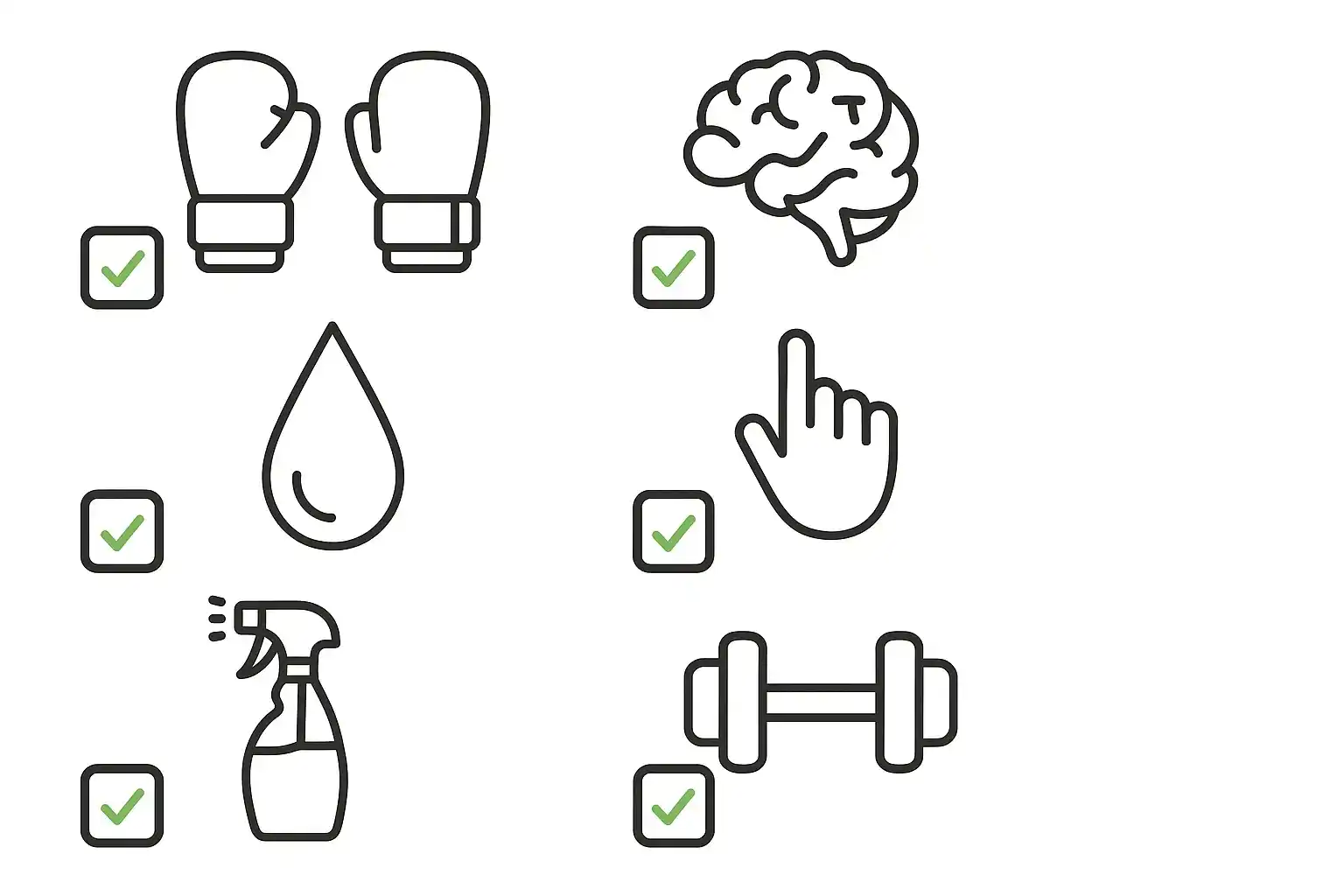Is UFC Dangerous? Hidden Risks in MMA & How Pros Reduce Them

The hidden hazards in UFC and how pros reduce them.
UFC is thrilling—but what’s the risk we don’t see? If you clicked from Facebook, this is the full breakdown you expected: from brain health to brutal weight cuts and fight-ending joint locks, here’s what actually hurts fighters most and the habits pros use to lower the danger. Here’s a plain-English guide to UFC safety that separates hype from real UFC risks.
Quick Answer
Is UFC dangerous? Yes. Mixed martial arts is a full-contact combat sport. The biggest hazards are head impacts (including sub-concussive sparring), extreme weight cutting, and joint injuries from submissions and takedowns. Modern rules, medicals, and officiating reduce but do not remove risk.
Why Fans Ask “Is UFC Dangerous?”
Highlights show knockouts and slick submissions; the real wear often happens off-camera—in the sauna and in the gym. Understanding risk doesn’t kill the excitement; it helps athletes enjoy longer careers and helps fans appreciate the technical mastery that keeps fighters safe. This is the practical heart of MMA safety.
1) Brain Health: Concussions & Sub-Concussive Blows
The risk. Big KOs matter, but so do smaller repeated impacts in sparring. Symptoms can include headache, fogginess, light/noise sensitivity, slowed reactions, mood changes, and sleep disturbance. Poorly managed concussions raise the odds of long-term cognitive and mood issues.
How pros reduce it.
- Cap hard head-contact rounds; prioritize technical and situational sparring.
- Use big gloves and trusted partners; stop “gym wars.”
- No training with symptoms; follow a graded return-to-play after medical clearance.
- Track head impacts/KO history and symptoms; adjust camps accordingly.
Myth to drop: Headgear prevents concussions. It reduces cuts; it doesn’t stop the brain from moving inside the skull. Learn about concussion symptoms
2) Weight Cutting: The Danger You Don’t See on TV

The risk. Rapid dehydration and electrolyte swings stress the heart, kidneys, and brain. Sauna suits, salt purges, and diuretics raise the chance of heat illness, cramps, arrhythmias, and poor cognition on fight night. Bad rehydration can also impair chin durability and reaction time. See the Association of Ringside Physicians statements on rapid weight loss and dehydration. Where UFC safety is called into question.
How pros reduce it.
- Keep walk-around weight close to competition weight year-round.
- Lose slowly with food-first plans; minimal last-day water manipulation.
- Follow professional rehydration protocols (electrolytes + carbs, not just water).
- Move up a division if the cut repeatedly becomes unsafe.
3) Joint Locks & Heel Hooks: Fast, Silent Damage
The risk. Armbars, kimuras, kneebars, and especially heel hooks can tear ligaments before sharp pain arrives knees are most vulnerable. Slams and awkward landings can tweak shoulders and cervical spine.
How pros reduce it.
- Clear room rules: controlled entries, slow finishes, and instant respect for any tap (verbal or physical).
- “Position before submission”—no ripping through steps.
- Beginners start with straight-ankle locks; heel hooks reserved for advanced/closely supervised rounds.
4) Strikes, Cuts, Eye Pokes & Fractures
The risk. Hand/foot fractures, rib injuries, and deep lacerations can sideline athletes. Eye pokes and accidental clashes are part of open-glove striking.
How pros reduce it.
- Proper hand wrapping; don’t pound hard surfaces bare-knuckle.
- Disciplined hand-fighting and closed fingers near the eyes; coaches police bad habits.
- Mat hygiene: shower after practice, cover cuts, and never roll with skin infections to reduce staph/MRSA spread.
5) Chokes: Usually Safe—With Smart Habits
The risk. Correct blood chokes compress the carotids; air chokes press the trachea. Properly applied, short-duration chokes released at tap/out are generally safer than repeated head strikes. Danger rises with stubborn holds or pre-existing vascular/neck issues.
How pros reduce it. Stop immediately on tap or unresponsiveness; partners check quickly; after any loss of consciousness, rest and get evaluated no same-session return.
6) The Silent Risk: Hard Sparring Volume
Many careers are shortened by what happens Monday to Friday. Accumulated head shots and joint tweaks in the gym can be worse than one fight night. These habits are the foundation of MMA safety in serious gyms.
- Two hard days per week max; the rest technical.
- Strict partner matching; coaches set the pace and end rounds early when technique slips.
- Deload weeks and scheduled recovery, just like strength athletes.
What the UFC Does to Reduce Risk
- Rules & officiating: Illegal strikes banned; fast referee stoppages when a fighter can’t defend.
- Pre/post-fight medicals & suspensions: Mandatory rest after KOs, TKOs, and significant cuts. Doctors can issue a medical suspension to enforce recovery windows.
- Equipment standards: Gloves/hand wraps, mouthguards, groin protection.
- Cageside physicians & emergency response: Immediate assessment and stop authority.
- Drug testing: Aims to reduce substances that distort recovery and risk.
Reality check: These MMA safety measures help, but they can’t remove the inherent danger of a full-contact sport. The dangers of MMA remains.
Safety Blueprint: How Pros Train Smarter

- Sparring: Favor technical/positional rounds; big gloves; no ego.
- Concussion protocol: Stop on symptoms; graded return after clearance.
- Weight: Stay within 8–10% of fight weight; avoid extreme dehydration.
- Technique over toughness: Tap early on leg locks and neck cranks praise early taps.
- Hygiene: Clean mats and gear every session; cover cuts.
- Strength & mobility: Neck, hamstrings, hips; periodize training with planned deloads.
- Tracking: Log sparring intensity, injuries, and symptoms; adjust camp design based on data.
Safest Option: Choosing Lower-Risk Alternatives
If your priority is health over hazard, the best protection is not to practice the sport. UFC is dangerous even when everyone does everything right. You can still get the same buzz from lower-risk options: no-head-contact boxing/kickboxing conditioning, grappling technique classes without hard live rounds, hybrid strength–conditioning circuits, track/interval training, OCR/race prep, or rock climbing. These deliver skill, community, and adrenaline without the unnecessary injury load. Get up to date informaton on combat sports and health in our hub
What Fans Can Do
Fans shape the culture. Celebrate smart stoppages and good corner decisions. Support fighters who move up a class for health. Share content that rewards clean technique over reckless brawls. The sport you love lasts longer when athletes do. That’s real fighter safety.
FAQ
Is UFC dangerous compared to other sports?
Yes. It’s designed for controlled violence with medical oversight. Risks are higher than non-contact sports and many team sports; rule sets and stoppages keep them within accepted limits but never to zero.
Are chokes more dangerous than punches?
Usually no, when applied/released correctly. Repeated head strikes and hard sparring carry greater long-term concern.
What injuries cause long layoffs?
Concussions, knee/shoulder ligament repairs, and deep cuts. Hand/foot fractures are common but often heal faster.
What’s the most underrated risk?
Volume—too many hard rounds and chronic dehydration from aggressive cuts.
Bottom Line
Is UFC dangerous? Yes— Our stance is clear: the safest choice is not to practice or compete in MMA/UFC. Even with strong rules and good coaching, the sport exposes participants to avoidable head trauma, weight-cut complications, and joint injuries. Regardless of UFC Safety, if you want the challenge and adrenaline, choose the lower-risk sports listed above instead.There is always excitement without the dangers of MMA, choose the safer alternatives.
Medical disclaimer: This guide is educational and not medical advice. If you suspect a concussion or injury, seek professional evaluation.







